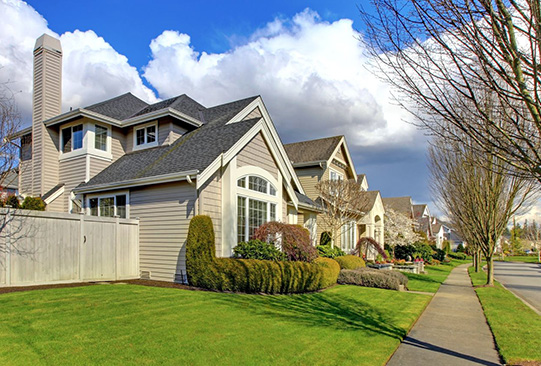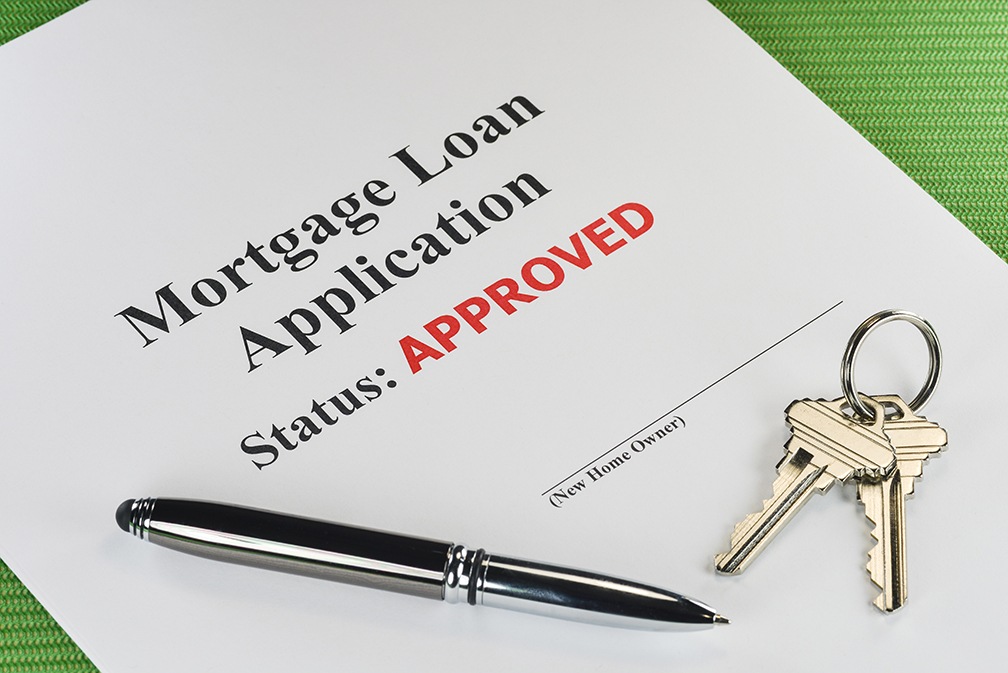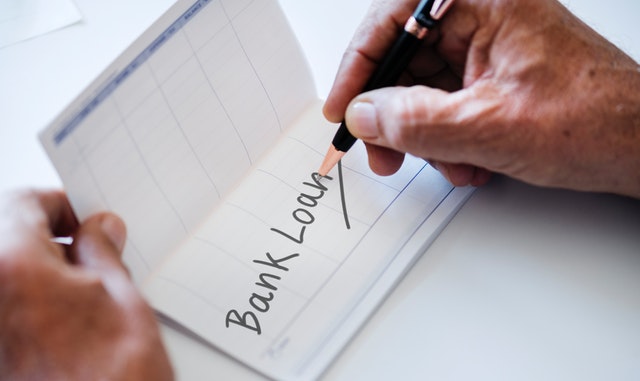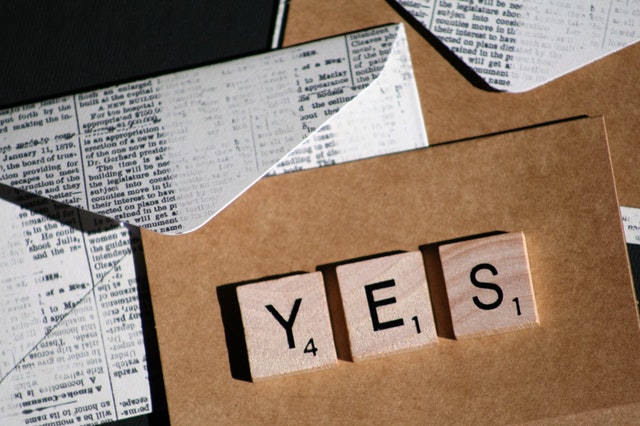 U.S. military veterans have opportunities to enjoy some richly-deserved benefits in other aspects of their lives, including some special options for financing their homes. VA loans may give active military personnel, retired veterans, and sometimes surviving family members of veterans the ability to purchase homes that might not prove available to them through more conventional mortgage loans.
U.S. military veterans have opportunities to enjoy some richly-deserved benefits in other aspects of their lives, including some special options for financing their homes. VA loans may give active military personnel, retired veterans, and sometimes surviving family members of veterans the ability to purchase homes that might not prove available to them through more conventional mortgage loans.
But the mere fact that you can do a thing doesn’t necessarily mean that you should. In some circumstances, military home seekers may find other types of loan options more amenable to their specific needs.
If you’ve decided to pursue a mortgage loan during or following your military career, you may want to examine these considerations before leaping into a VA loan application.
Loan Qualifications and Limits
A VA loan can open the door to home ownership for cash-strapped or credit-challenged military personnel who might otherwise struggle to get a conventional mortgage loan. This type of loan offers tremendous flexibility in qualifying factors such as credit scores and debt-to-income ratios; in fact, VA loans may come with no maximum debt ratio at all.
Potential For Zero Down Payment
Additionally, VA loans do not require the down payment typically needed for a more conventional or FHA loan. (The only other loan with no down payment requirement, the USDA loan, applies to rural areas and comes with some prohibitive income restrictions.)
The elimination of a mandatory down payment, coupled with the relaxed financial qualifications, can make a VA loan the most sensible choice for individuals who suffer from limited resources, “upside-down” credit and short credit histories.
Additional Qualifications To Consider
That said, VA loans usually impose some qualifications of their own — qualifications which may not appeal to some buyers. For one thing, a VA loan can only go toward the primary place of residence, not a summer cottage or second home. Military personnel who already own a home may therefore find this restriction a deal-breaker for their specific needs.
VA Loan Limits
VA loan amounts may also impose varying guaranty limits depending on where you live. The guaranty limit refers to your VA entitlement, the portion of your loan that escapes the down payment requirement.
As always, your best move is to call your trusted real estate and mortgage professionals to discuss the VA home purchase process and find out if it’s the best option for you.
 Purchasing a home is a major decision, and it could be the most expensive financial transaction somebody ever makes. Therefore, it is important to get this right. One of the biggest hurdles for a new homeowner is coming up with enough money for the down payment. A lot of people believe they require 20 percent down to purchase a home. Saving this amount of money can be overwhelming, and some people are wondering, is this really necessary? There are several key points to keep in mind.
Purchasing a home is a major decision, and it could be the most expensive financial transaction somebody ever makes. Therefore, it is important to get this right. One of the biggest hurdles for a new homeowner is coming up with enough money for the down payment. A lot of people believe they require 20 percent down to purchase a home. Saving this amount of money can be overwhelming, and some people are wondering, is this really necessary? There are several key points to keep in mind.  Those who are thinking about buying their first home soon are likely saving up for a down payment. This can be a challenging process because, for many people, this is the largest amount of money they have ever saved in their lives. Sadly, the amount that people might need to buy their first home is more than they think.
Those who are thinking about buying their first home soon are likely saving up for a down payment. This can be a challenging process because, for many people, this is the largest amount of money they have ever saved in their lives. Sadly, the amount that people might need to buy their first home is more than they think. There are many people who set buying a home as one of their major life goals. There is a lot that comes with owning a home including a major investment opportunity, a sense of stability, and a feeling of pride; however, homes are also expensive. It can be challenging to find a home loan.
There are many people who set buying a home as one of their major life goals. There is a lot that comes with owning a home including a major investment opportunity, a sense of stability, and a feeling of pride; however, homes are also expensive. It can be challenging to find a home loan. It is a major life decision to buy a home and yet many do not consider how much they will pay on the interest over the life of the loan. All they usually think about is if they can afford to pay the monthly mortgage payments.
It is a major life decision to buy a home and yet many do not consider how much they will pay on the interest over the life of the loan. All they usually think about is if they can afford to pay the monthly mortgage payments. You’ve finally found the perfect home for your family. Now the only thing standing between you and domestic bliss is the loan process. Use these techniques to shorten the amount of time between placing your bid and getting the final approval on your new home mortgage.
You’ve finally found the perfect home for your family. Now the only thing standing between you and domestic bliss is the loan process. Use these techniques to shorten the amount of time between placing your bid and getting the final approval on your new home mortgage.